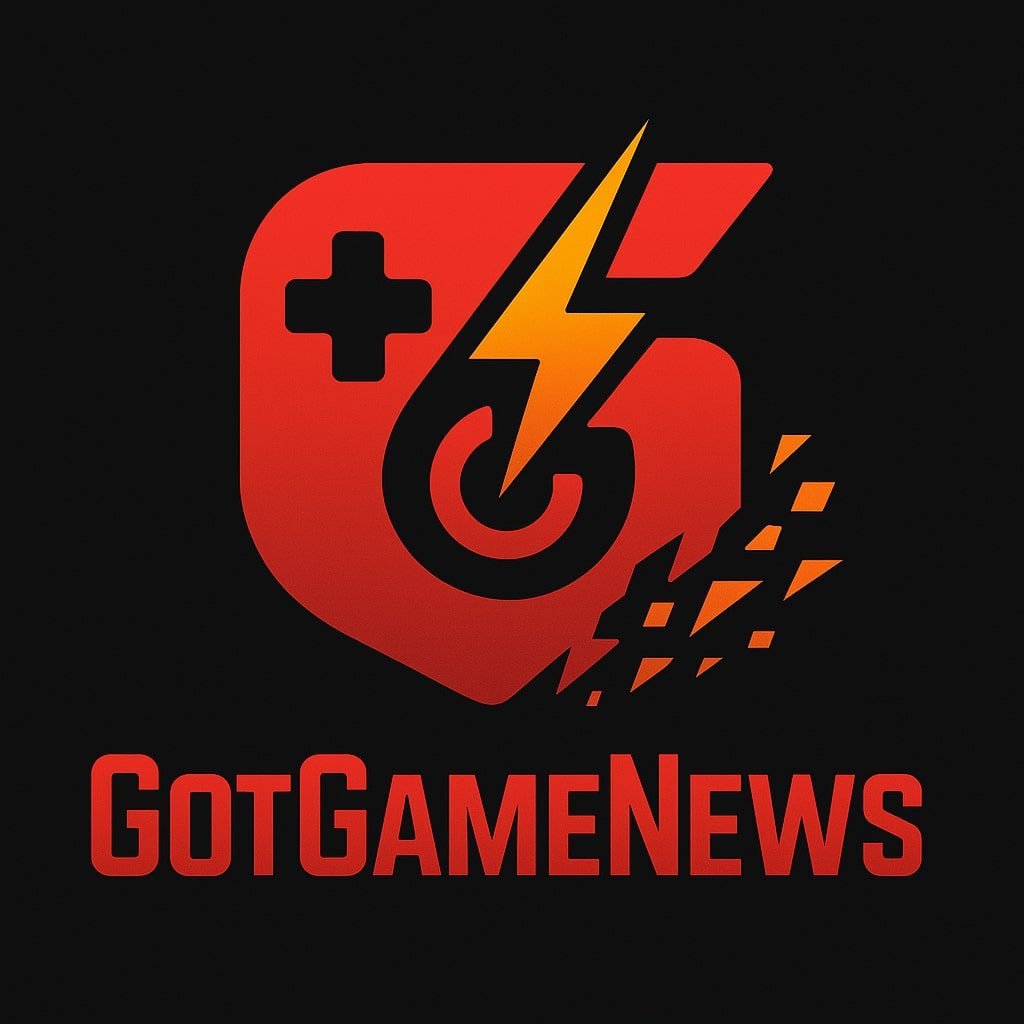Marvel’s Thunderbolts arrives at a precarious juncture: Phase 5 has seen more misfires than magic, and the MCU’s once-unstoppable momentum has sputtered. Thunderbolts isn’t just another cape-fest—it’s a character-driven thriller rooted in trauma, redemption, and moral ambiguity. With a lineup of complex anti-heroes—many scarred by past choices—it stakes its claim as the MCU’s most emotionally evolved entry in years.
Act I: Assembling the Broken Pieces
The film opens on a gritty note. Yelena Belova is shattered by her sister Natasha’s death, last seen in Black Widow. She’s a lethal CIA asset, but her latest mission—to obliterate evidence at a Malaysian facility—turns out to be a trap. Other MCU remnants show up: John Walker from The Falcon and the Winter Soldier, Ghost from Ant-Man and the Wasp, Taskmaster from Black Widow, and Bucky Barnes. They’re ambushed by Valentina de Fontaine, now under congressional fire.
This setup gives way to a stripped-down mission: survive, escape, then decide whether to destroy the architect of their misery—or rise above it.
Character Depth: The Heart of the Film
Yelena Belova (Florence Pugh) solidifies her place as the MCU’s next emotional linchpin. She is numbed by guilt and sisterhood trauma, given emotional heft that drives the narrative.
Bob Reynolds/Sentry (Lewis Pullman) forgets CGI heft for emotional resonance. As Bob, he’s the ticking time bomb of power—and pain. His arc mirrors Hulk’s struggle in Avengers: Age of Ultron, but with a psychological edge that leans closer to Moon Knight.
The Ensemble Mix:
- John Walker: a patriot-turned-brash opportunist, layered with bruised ego.
- Red Guardian: played for laughs, but adds sweetness to this fallen Soviet hero.
- Bucky Barnes: steady, weary, morally complex.
- Ghost and Taskmaster: underused, but their quiet presence contributes to the sense of fractured purpose.
Collectively, the ensemble restores that classic Marvel vibe—an oddball band of misfits learning to function as a unit.
Julia Louis-Dreyfus as Valentina: A Villain to Remember
Valentina is the worst kind of bureaucratic villain: calculating, cowardly, and corporate. As a jittery CIA director desperate to maintain power, Julia Louis-Dreyfus is deliciously unhinged—equal parts ruthlessness and panic. She frames the team as the “New Avengers” to save her own career, positioning herself as a modern-day Nick Fury gone rogue.
Atmosphere & Tone: Grit Over Glow
This isn’t your typical MCU kaleidoscope. Director Jake Schreier dials down gloss for grit—drained color palettes, shadowed lighting, careful choreography. The result is deliberately earthbound: mid-sized sets, on-location shooting, fewer green-screen backdrops.
Action & Set Pieces: Understated, Yet Effective
The action is more intimate and character-integrated than bombastic. Standout sequences include a high-stakes car chase with Bucky and close-quarters fights that leave characters emotionally cracked but physically intact. This approach mirrors the style of Captain America: The Winter Soldier more than Avengers: Endgame.
Mental-Health as Plot: A Bold, Mature Step
Thunderbolts delves deeply into trauma, depression, and self-compromise. Bob’s panic, Walker’s ego collapse, Yelena’s grief, Red Guardian’s shame: everyone carries a secret wound. The movie shares thematic DNA with Iron Man 3, WandaVision, and The Falcon and the Winter Soldier in exploring the emotional toll of heroism.
What Works & What Doesn’t
Strengths:
- Emotional integrity: trauma is front-and-center, not a subplot.
- Performances: Pugh, Pullman, Harbour, Louis-Dreyfus elevate the script.
- Tone: gritty, intimate, character-driven.
Weaknesses:
- Pacing & spectacle: the third act rushes; climax feels too quick.
- Under-utilized cast: Ghost, Bucky, and Taskmaster don’t get equal emotional screen-time.
Critical & Audience Response
- Rotten Tomatoes: 88% Certified Fresh
- Critics praise it as “the best thing Marvel has put out in ages” and a surprising return to form.
- Audience reviews skew overwhelmingly positive, with praise for emotional resonance.
What’s Next: Setting Up the Future
Thunderbolts closes Phase 5 and kicks off Phase 6. Mid-credits and post-credits teases include:
- Red Guardian’s face on a “New Avengers” cereal box.
- Sam Wilson debating legal rights over the Avengers name.
- Fantastic Four’s spacecraft entering Earth’s orbit.
These moments set up Fantastic Four, Avengers: Doomsday (2026), and Secret Wars (2027).
TL;DR: Final Scorecard
| Element | Grade |
|---|---|
| Story & Theme | A |
| Performances | A |
| Tone & Cinematography | B+ |
| Pacing | B |
| Action/Spectacle | B |
| MCU Impact & Setup | A– |
Conclusion: A Meaningful Marvel Shift
Thunderbolts: The New Avengers may not shatter box-office records—but it restores something vital: heart. It proves the MCU can make thoughtful, somber films rooted in character arcs and emotional honesty. It signals shifting priorities: healing wounds rather than just destroying cities.
It walks a tightrope. Too esoteric for the casual viewer? Maybe. Too restrained for the action-hungry? Possibly. But as Marvel’s most human movie in years, Thunderbolts is a refreshing risk worth taking—and a cinematic reset well placed before the grand spectacle of Avengers: Doomsday.





